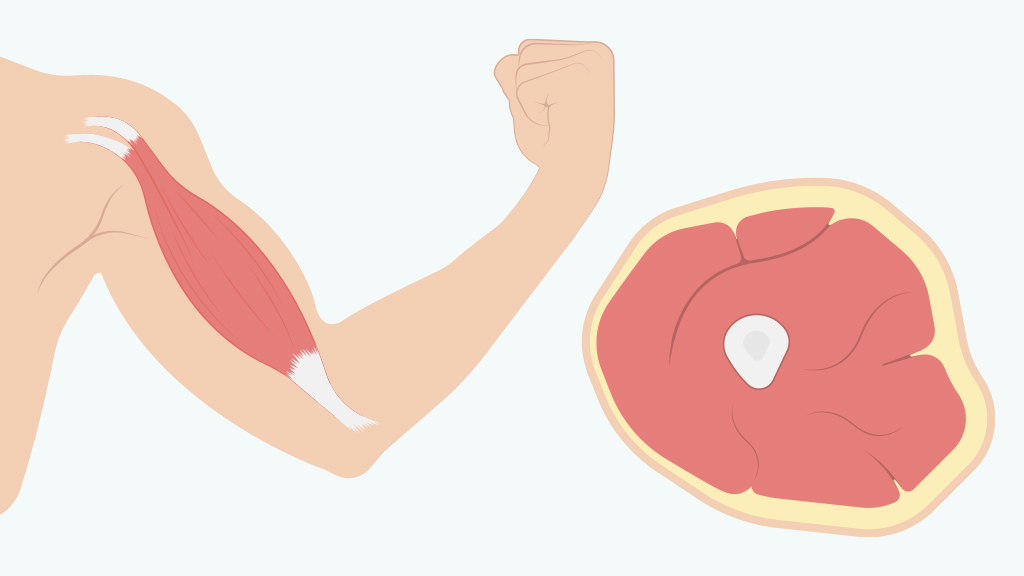High School | Daily Do
What makes muscle proteins so different from other proteins in our body? (Playlist Version)

Lesson Snapshot
High school students, as scientists, investigate differences among proteins to answer the following driving question: What makes muscle proteins so different from other proteins in our body? Students interact with images, videos, and simulations to discover that different DNA sequences found in different genes result in different proteins that have different structures and functions. This discovery can help explain how many different proteins (including muscles) can be made from the amino acids in the foods we digest.
Click the Download PDF button above for the complete Lesson Plan.
Materials
Student Materials
Per Student
- Transcription and Translation Practice Sheet
- Protein Folding Investigations Activity Sheet
- Amino Acids Chart (grouped by hydrophobic and hydrophilic)
- Protein Folding Simulation
- Instructions for paper version of the Actin Structure Investigation (paper-and-pencil version) or Actin Structure Investigation Slides
- Final Model Template
- A laptop or Chromebook to work with the simulation and modeling investigations
Teacher Materials
- Several pieces of chart paper and chart markers or another space to record student ideas publicly
- Protein Folding Simulation
- Protein Folding Explained video






